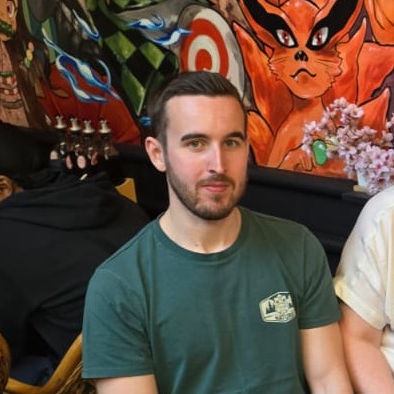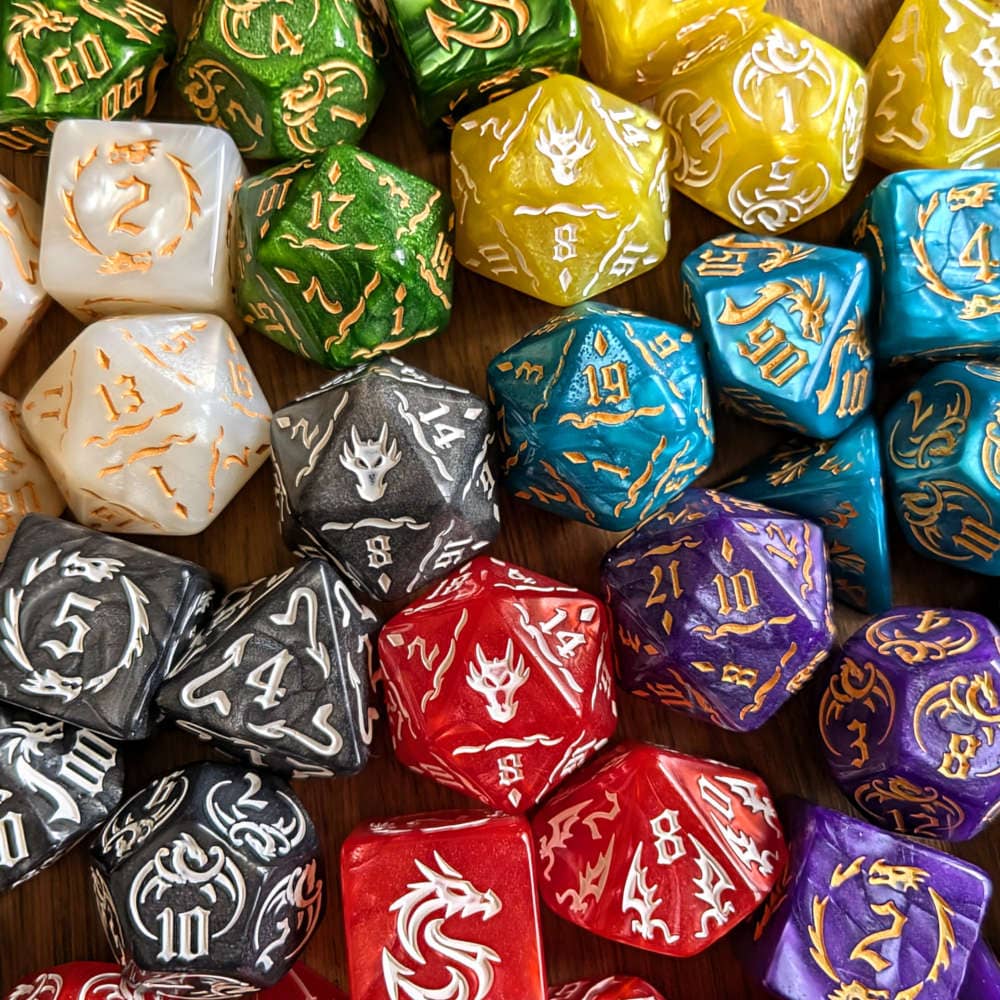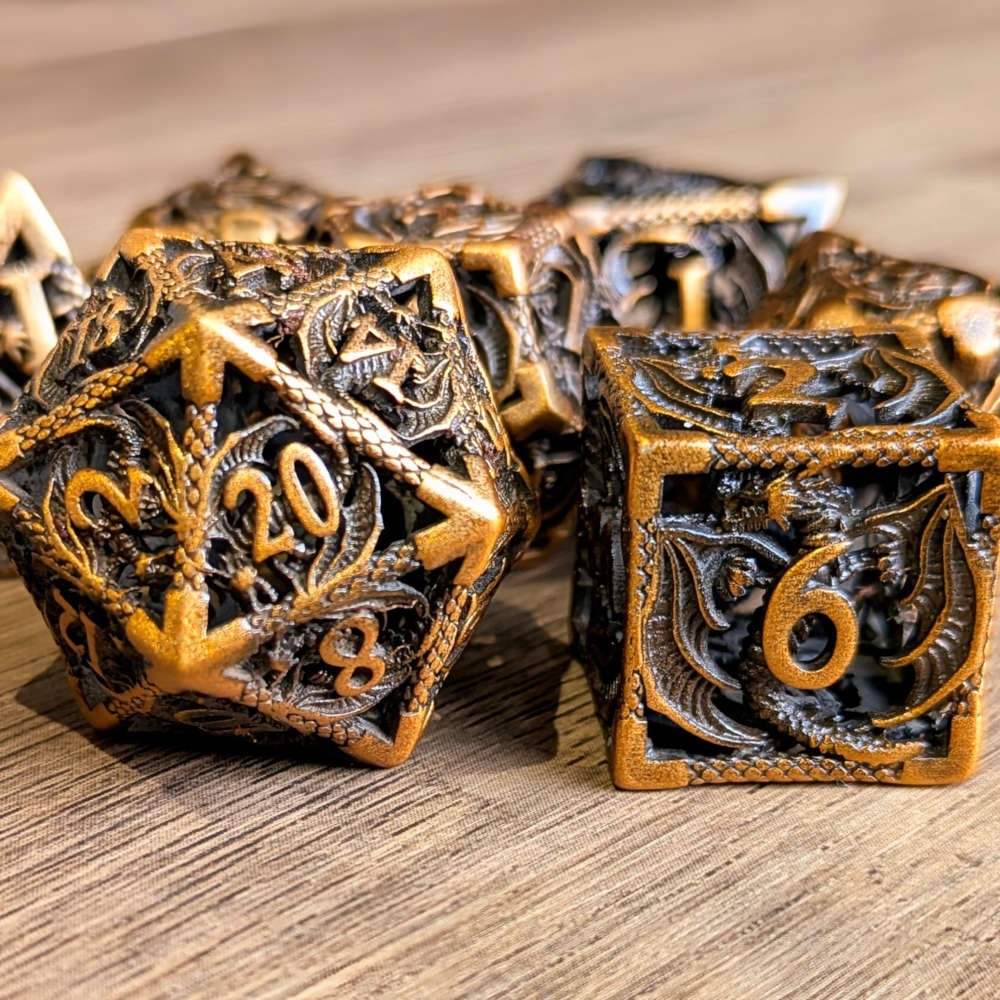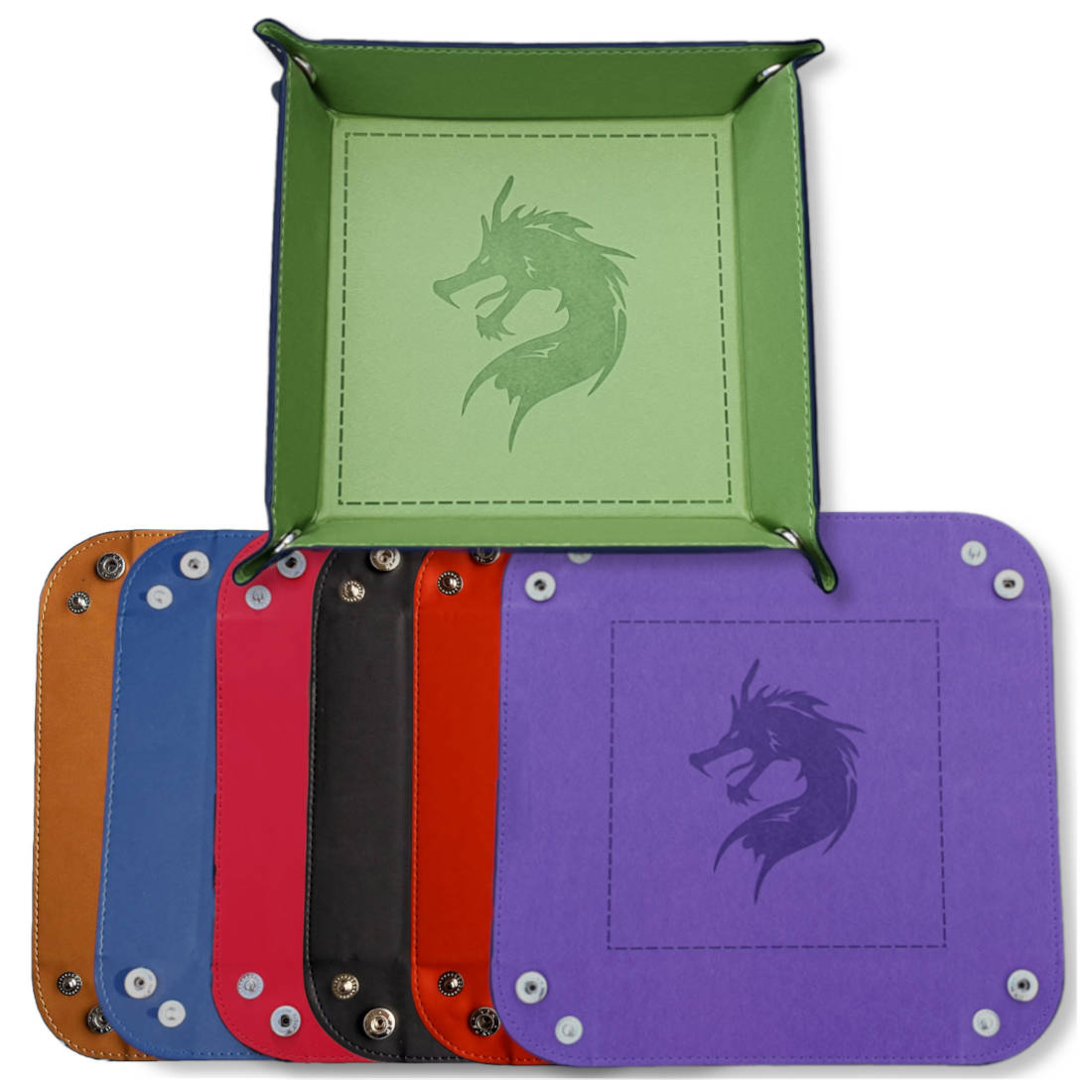How to interview potential D&D players

Dungeons & Dragons (D&D) is a collaborative storytelling game that hinges on the synergy between players and the Dungeon Master (DM). Whether you're starting a new campaign or looking to add fresh faces to an existing group, finding the right players can make or break your gaming experience.
In this guide, we'll walk you through the process of interviewing potential D&D players to help you build a cohesive group. From crafting insightful questions to interpreting responses, we've got you covered!
Why you should interview potential D&D players
Interviewing people to play D&D with might seem strange or even intimidating, given that tabletop gaming is often associated with casual gatherings among friends. However, this step is far from mere formality; it's an essential part of crafting a gaming group where everyone feels comfortable and engaged.
Just as you wouldn't befriend anyone without gauging compatibility, inviting someone to join your D&D campaign requires a similar level of consideration. Spending countless hours adventuring together means personalities, playstyles, and expectations need to align to ensure an enjoyable gaming experience.
By conducting interviews, you're not only assessing a player's understanding of the game but also gaining insights into their personality, preferences, and compatibility with the existing group dynamics. This allows you to curate a gaming table that fosters creativity, teamwork, and long-lasting memories, ensuring that every session is a hit rather than a miss.
How to find and interview potential players
Finding and interviewing potential players can seem like a strange process, so we’ve broken it down into 4 steps for you to consider: the method, the icebreaker, the decision, and the trial. Once you know how to find D&D groups, curating who you want in your group becomes easy.
The method
Finding players for online D&D games presents a unique set of challenges and opportunities compared to in-person games. With a broader reach and fewer constraints, you'll likely receive a flood of applications when advertising for new players (we’ve received hundreds of applications when recruiting for our online games in the past!).
While this might seem overwhelming, it's actually a boon, offering you a chance to curate a list of potential candidates before moving on to the interview stage.
Pre-screening process
Start by ensuring that prospective players can commit to the game schedule, especially if you've specified certain age groups or time zones. Using a Google Form lets you collect essential details - ask for basic information such as their name, age, preferred pronouns, and prior experience with D&D.
Crucially, ask their preferred playstyle and aspects of the game they enjoy most. Remember, the goal is to filter out applicants who may not align with your gaming style, rather than convincing them to join.
Arranging interviews
After reviewing the responses and shortlisting promising candidates, it's time to schedule interviews. These interviews serve as a deeper dive into each applicant's personality, playstyle, and potential contribution to the group. Remember, the objective isn't just to fill an empty seat at the virtual table but to find a player who will enrich your D&D sessions for the long haul.
Involving existing players
Consider involving some of your current players in the selection process. Their insights and perspectives can be invaluable when evaluating potential candidates, especially since they have first-hand experience of the group dynamics and gameplay atmosphere. Having additional opinions can help ensure that the new player not only fits well within the existing group but also contributes positively to the overall gaming experience.
The icebreaker
The icebreaker sets the tone for the entire conversation that follows. Its primary objective is twofold: to make the prospective player feel at ease and to provide you with a glimpse into their personality beyond their gaming preferences.
Remember, these people aren't just potential party members; they're potential friends with whom you'll be spending countless hours adventuring. While it's natural for both parties to feel a bit nervous, especially given the formal nature of the interview, the icebreaker is your opportunity to alleviate some of that tension.
Breaking down barriers
Initiating a casual conversation can go a long way in breaking down initial barriers. A simple ‘hello’ followed by each participant introducing themselves can help normalise the situation and set a relaxed atmosphere.
Encourage them to share a bit about their interests outside of D&D or any recent gaming experiences they've enjoyed. Some Dungeon Masters even incorporate a mini game during this phase to further lighten the mood and create a more interactive environment. The key is to create a space where everyone feels comfortable being themselves, allowing for a more authentic and productive discussion about your D&D campaign.
Being mindful of biases
While conducting interviews, it's essential to remain aware of your own biases and subconscious judgments that might influence your perceptions. Everyone has preconceived ideas that can unknowingly sway our opinions of others. By acknowledging this fact and actively working to counteract it, you'll be better equipped to evaluate each candidate objectively. Remember, the goal isn't just to find someone who fits the mould of an ideal D&D player but to discover people with whom you’ll enjoy spending countless hours with over the course of your campaign.
By spending time engaging in a thoughtful icebreaker exercise, you set the stage for a more meaningful conversation that goes beyond mere gaming mechanics, providing insights into each candidate's personality, communication style, and potential compatibility with your existing group.
Trust your instincts
As the interview progresses, you may find yourself picking up on subtle cues or signs that catch your attention. Perhaps a particular response seems off, or an interaction might have felt forced. While it's crucial to remain open-minded and not jump to conclusions prematurely, it's equally important not to dismiss your gut feelings entirely.
Reflecting on these initial impressions can provide valuable insights into whether the person is genuinely a good fit for your D&D group or if there are genuine signs that they could be a problem player. Trusting your instincts, while maintaining a balanced and objective approach, can help you pick the better D&D players for your campaign.
The questions
- How long have you been playing Dungeons and Dragons?
- What aspects of D&D do you enjoy the most?
- Which player archetypes do you identify with?
- What is your preferred style of campaign?
- Do you lean towards plot-driven or character-driven campaigns?
- How do you define negative metagaming?
- How do you feel about conflict between party members?
- What boundaries should we be aware of while gaming with you?
- What are your expectations for this campaign?
- What do you expect from the Dungeon Master?
- What do you expect from your fellow players?
- Do you already have a character concept in mind?
- Do you have any questions about the party, the world, or the campaign?
The decision
Making your decision on who to add to your group and who not to can be a tricky moment, but it’s crucial in assembling a party that will last for countless adventures to come.
Reflecting on the interview
Once the interview concludes, take a moment to reflect on the experience.
Ask yourself: did you enjoy conversing with the person? Did the interaction feel natural and comfortable, or was there a sense of awkwardness or discomfort? Would I enjoy playing D&D with this person?
These interpersonal dynamics are crucial because you'll be spending extended periods with this person each week, crafting immersive adventures. If you find yourself hesitating or uncertain, it may be a sign that they aren’t the right person.
Consult with your existing players
After the interview, gather feedback from your players to gauge their impressions and opinions about the potential new member.
Their input can be invaluable, especially as they'll be collaborating with the new player in future campaigns. This collective approach ensures that the decision aligns with the group's overall dynamic and helps maintain a cohesive gaming experience for everyone involved.
Communicating your decision
Whether you decide to proceed with the candidate or not, it's essential to communicate your decision promptly and courteously.
If the candidate didn't make the cut, be respectful and straightforward in your communication. You don't need to provide elaborate explanations or make up excuses - simply thank them for their interest and say that you feel another campaign might be a better fit for them.
Conversely, if you choose to invite someone to join your group, don't leave them hanging. Reach out promptly to extend the invitation and confirm their interest in becoming part of your gaming group.
The trial
This is the step that most people skip, and is one of the major contributors to reasons for DM burnout. Trialling new players lets you see if they are compatible with your group and playstyle.
Post-interview follow-up
Have another conversation with the potential player a few days after the interview. This follow-up serves multiple purposes: it allows you to touch base and strengthen the budding friendship while also providing an opportunity for both parties to ask any lingering questions that may have arisen since the initial interview.
This informal catch-up can further solidify your impression of the person and pave the way for a more relaxed and open dialogue.
Run a one-shot
A one-shot (one-off session of D&D) offers a low-commitment way to evaluate the dynamics between the new player and your existing gaming group. While it's not mandatory, running a one-shot with the candidate allows everyone to get a sense of how well they mesh with the group's dynamics and your Dungeon Mastering style.
If things don't click, it provides an easier exit strategy for both parties involved.
Setting boundaries and expectations
Before inviting the new player into your ongoing campaign, we highly recommend running a session zero. This initial meeting serves as a platform to discuss and establish boundaries, set expectations, and align everyone's visions and goals for the upcoming campaign.
Additionally, session zero offers an opportunity to help the new player craft their character, set up their character sheets, and develop a backstory that fits into your world.
What not to do when interviewing potential players
- Ignore your gut instinct; it's there for a reason
- Jump to quick decisions without thoroughly considering all candidates
- Be impatient; take the time needed to make an informed choice
- Overlook the importance of interpersonal dynamics and group cohesion
- Make assumptions based solely on a player's D&D experience level
- Neglect to communicate clear expectations for behaviour and commitment
- Rush through the interview without giving the player a chance to fully express themselves
- Forget to involve current players in the decision-making process
- Overlook potential red flags during the interview
- Dismiss the importance of a trial or one-shot session before inviting them to join
Dice and accessories to spark your creativity
Now that you've mastered the art of interviewing potential D&D players, explore the intricacies of group dynamics with tabletop gaming guides. Discover how often your D&D group should play and what the ideal D&D group size is to keep your adventures flowing smoothly.
Ready to roll into your next campaign? We offer a diverse range of D&D dice sets that are perfect for any adventure. Elevate your gaming experience with our dragon eye rolling dice, featuring a mesmerising liquid core eye that moves and swirls as you roll. With a watchful draconic eye on your side, you'll be inspired to achieve greatness in every quest and encounter.





